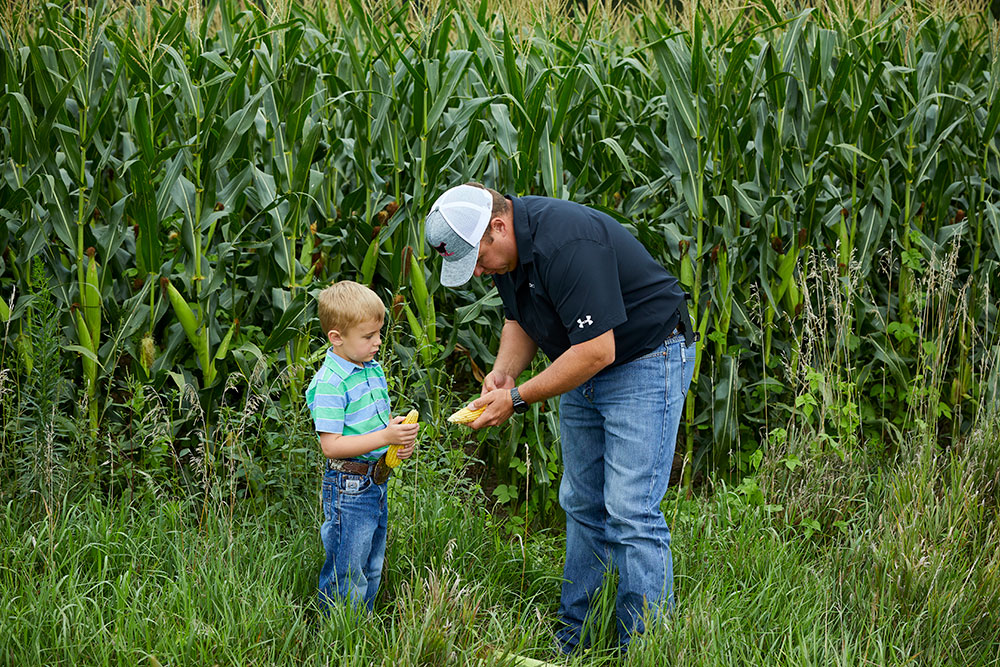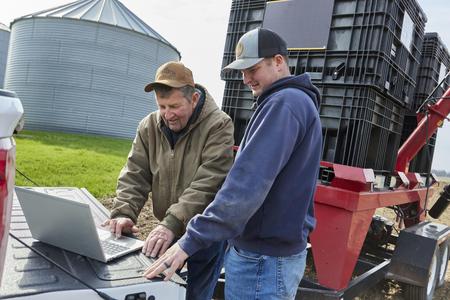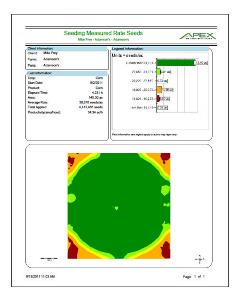Mega Menu
Mega menu is possible in BS5 but we will need to create a custom template layout for the navigation widget. The following is a hard-coded example.

Font Awesome 6
FA6+ icons will work on all widgets.
The FMH Icon box will need a new version created because the styling is broken in Bootstrap 5 templates (this has nothing to do with FA).
FMH Icon Widget
Icons can now be used in Content blocks by pasting the HTML tags from www.fontawesome.com into the HTML editor.
Here are some new icons from Font Awesome 6
face-awesome
envelopes
wheat-awn
Bootstrap Components
Code snippits from http://getbootstrap.com pasted into Content Blocks.
h1. Bootstrap heading
h2. Bootstrap heading
h3. Bootstrap heading
h4. Bootstrap heading
h5. Bootstrap heading
h6. Bootstrap heading
Nav Tabs
Nav Pills
Accordion
.accordion-body, though the transition does limit overflow.
.accordion-body, though the transition does limit overflow.
.accordion-body, though the transition does limit overflow.
Tables
| # | First | Last | Handle |
|---|---|---|---|
| 1 | Mark | Otto | @mdo |
| 2 | Jacob | Thornton | @fat |
| 3 | Larry the Bird | ||
Alerts
Image Carousel
Modals
Sitefinity Widgets
Default, out of the box, Bootstrap 5 templates available for widgets.
The navigation template used above is called Horizontal.
Navigation Widget - Tabs Template
Navigation Widget - Pills Template
Breadcrumb
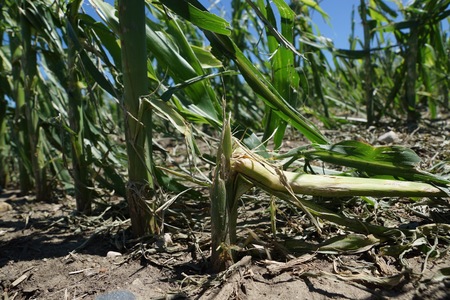
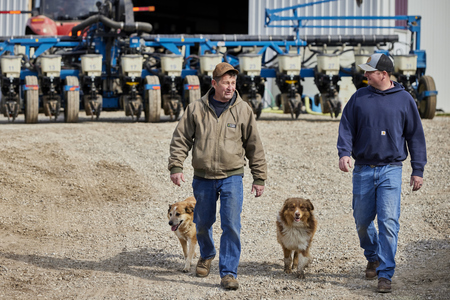
List Widget - Expandable List Template
Precision Claims FAQs
List Widget - Simple List Template
Crop Claims Reminders
-
How To Report MPCI Claims
-
MPCI Claim Reporting Deadlines
-
Appraisals
-
Production Records by Unit
-
Production Delivered to a Commercial Elevator
-
Production From Precision Farming Technology Systems
-
Production Weighed and Farm Stored
-
Authorization for Load Records, Storage Structure Marking, or Combine Monitor Records
-
Fed Production
-
Quality Adjustment
-
What is a Simplified Claim?
-
What can insureds do to expedite the claim process?
List Widget - Anchor List Template
Quality Control Review FAQ
- What can an Insured do to prepare for a review?
- What can Agents do to prepare for a review?
- How does the review process begin?
Quality Control Review FAQ
What can an Insured do to prepare for a review?
Third party documentation (i.e. summary/settlement sheets from the elevator) is required when applicable and available. Insureds are expected to have available hard copy records that will 1) support the total production raised for the crop/county/year being reviewed and 2) that can demonstrate how production was kept separate between various units, practices and types (if applicable).
Insureds will also want make themselves available to meet with the quality control reviewer as the reviews will need to be completed before the claims can be processed.
What can Agents do to prepare for a review?
How does the review process begin?
Documents List - Documents List Template
Documents List - Documents List Template
| Title | Type | Size | |
| 405 KB | DownloadWFRP Checklist for Agents 2026 | ||
| 504 KB | DownloadWFRP Policy Provisions 2026 | ||
| 3231 KB | DownloadWFRP Handbook 2026 | ||
| 203 KB | DownloadECO_MCO_SCO_Coverage Comparison Flyer | ||
| 93 KB | DownloadReplant Claim Checklist |
News Widget - News List Template
News list template is the only template available by default.
Crop Insurance + Grain Marketing: What Agents Need To Know
By being aware of the factors that farmers take into consideration as they market their grain, agents can help guide their customers toward the policy decisions that will help them capitalize on guaranteed production and maximize profit.
Below, find excerpts from FMH’s newest InsureCast episode on how customers can use forward marketing and crop insurance for optimal risk management.
What are some of the reasons farmers may hesitate to utilize forward marketing?
Ken Ripley, FMH Assistant Vice President – Regional Sales Manager and a farmer himself, said a lack of historical precedent keeps many farmers from forward marketing their crops. “We learned a lot from our elders. My grandfather never forward contracted a single bushel in his life. Some of that rubs off on you,” he said. “But we’ve got tools now to let us sell it before it’s in the trunk, so to speak.”
Jake Moline, risk management consultant at StoneX, agreed. “There’s a lot of fear from farmers – how can I sell something I don’t have in the bin? That fear really limits forward selling,” he said.
How does crop insurance help protect farmers against risk from forward marketing?
“The most crucial thing to understand as a grain farmer is how your hedging plan, combined with crop insurance, protects you,” Moline said.
That protection can give farmers confidence to market their crop early and aggressively. “It’s usually when you’re most uncomfortable about making sales that you should be most aggressive in making sales,” said Moline. “As long as you’re not marketing over your guaranteed bushel level, you really can’t get hurt.”
Ryan Benes, FMH Assistant Vice President – Regional Sales Manager, added that a farmer’s crop insurance policy can protect more than just revenue. “Any type of federal crop insurance has a unique tool: It protects yield,” he said. “No financial tools can protect yield.”
How should farmers think about increasing revenue and using spring insurance prices to their advantage?
Benes said he encourages farmers to think of their crop insurance liability as their revenue, and to aim to surpass that number with their sales. “Every time you make a sale that’s better than the spring insurance price, you’re increasing your revenue,” he said.
Ripley agreed. “You’ve got the guarantees [of crop insurance] there to protect you – take advantage of the price while you’ve got it,” he said. “It’s always better to make a sale that’s a profitable sale than wish you’d made a sale when the market’s turned the other direction. A good sale in 2023 is a great sale in 2024.”
What crop insurance policies support forward grain marketing?
Revenue Protection (RP) and Enhanced Coverage Option (ECO) policies are great choices for farmers as they forward market their crops.
According to Ripley, recent price projections for 2024 are 10 to 15 percent lower than this crop year, meaning now is a great time to lock in coverage. “If projections are even close to right, ECO is a good plan,” he said. ECO is an optional endorsement to supplement a farmer’s underlying policy, providing area-based coverage for a portion of the deductible of that policy, with top-end coverage levels up to 95 percent. FMH also offers ECO+™ for even more top-end coverage on an individual basis.
Benes also highlighted RP coverage, a federal product that protects against production loss, price decline or increase, or both. With RP, if a farmer loses revenue off bushels, that can potentially be replaced by their crop insurance. “You’re still responsible for marketing your bushels, but if for some reason you fall short, you have the crop insurance backstop there,” he said.
Listen to the EpisodeLearn more in our full InsureCast episode on grain marketing, and be sure to subscribe wherever you get your podcasts. Check out other episodes geared for this season:
|  |
Blog Posts Widget - Blog Posts Lists Template
-
Reporting Acreage with FMH Precision Solutions
Many policyholders already collect precision ag data during planting. Put that data to work to report acreage for crop insurance with FMH Precision Solutions.Full story -
Prepping Your Customers for Planting with Precision
Help your farmers use the precision data they're already collecting to simplify planting and reporting this spring.Full story -
Q&A with an FMH Precision Tech Specialist
Learn how our expert staff supports agents getting started with Precision SolutionsFull story -
Traditional vs. Precision Claims: What Are the Differences?
Oct 16, 2023, 14:01 by Eric RicheLearn how Precision Solutions can lead to simplified claims and easier APH reviews for your customers.Full story -
See How Precision Solutions Saves Premium and Improves APH
See the difference with examples from our recent FieldView™ Partner Connect webinar.Full story
